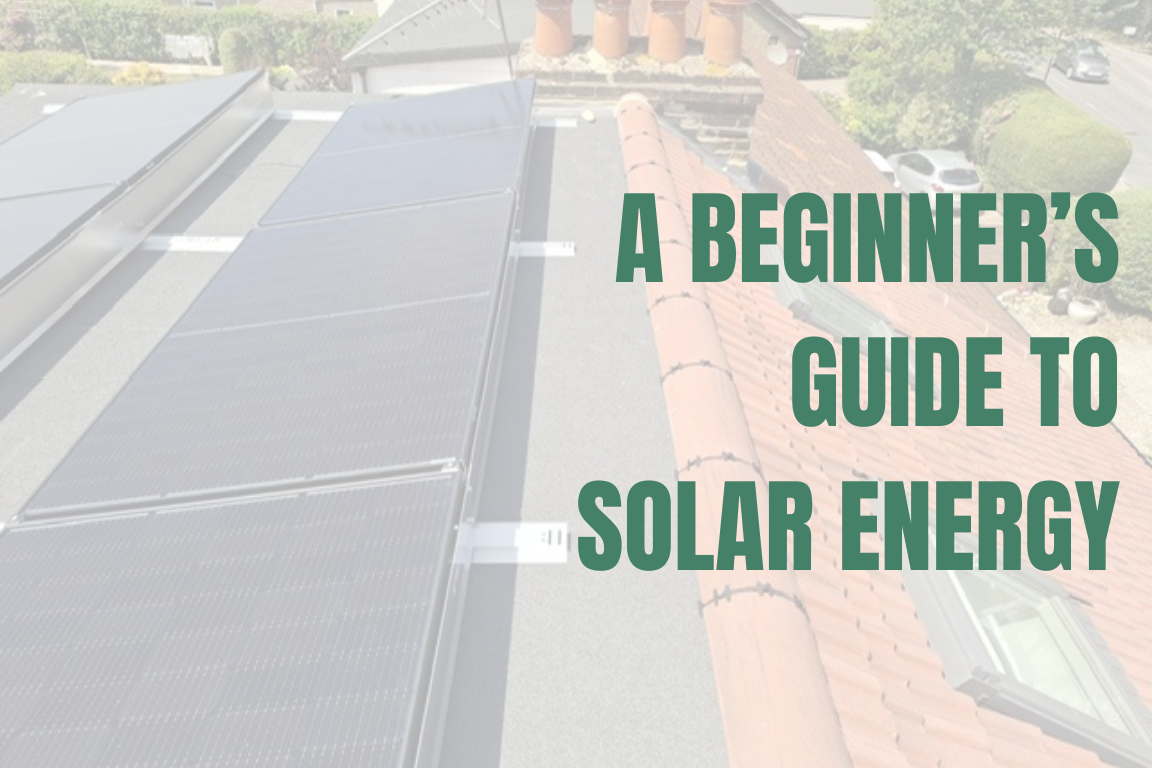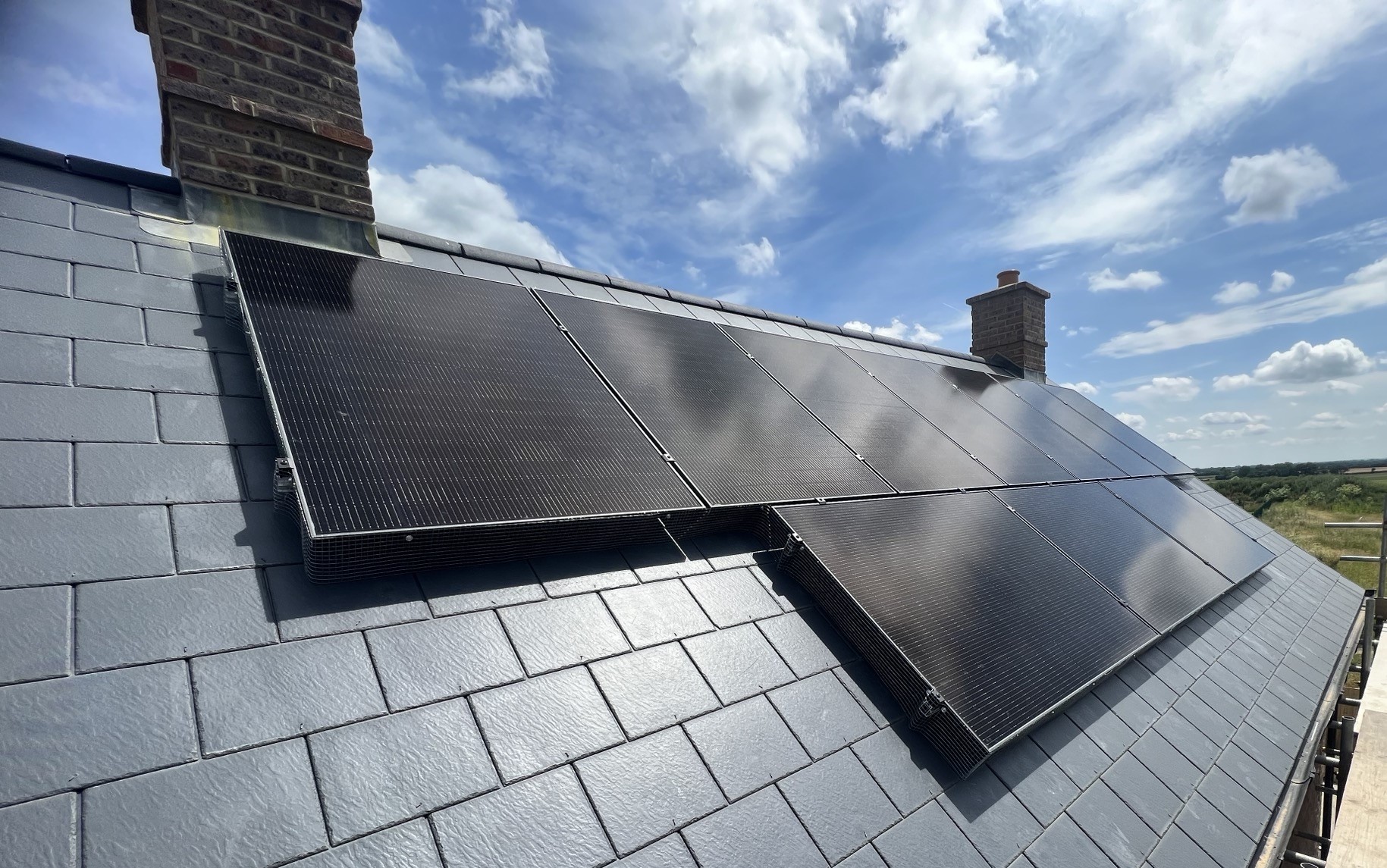Solar energy is a powerful and renewable source of energy harnessed from the sun’s radiation and heat. Where there is sunshine, there is potential for solar power.
In this guide, we’ll explore what solar energy is, how it works, the different types, and how you can benefit from using it at home or in your business.
How Does Solar Energy Work?
Electromagnetic radiation – also known as sunlight – is captured and turned into forms of energy. There are two forms of energy generated from the sun – electricity and heat. The most common method is through solar photovoltaic (PV) panels, typically installed on rooftops. These panels absorb sunlight and convert it into electricity. However, solar power extends beyond rooftops—you’ll find solar energy used in a range of everyday items, from garden lights to calculators.
Is Solar Power a Clean Energy Source?
Solar power is a renewable energy source that is infinite in its availability. Solar also creates no harmful greenhouse gas emissions, meaning it is not only renewable, but also green too. Modern technology also means solar panels have a very small carbon footprint (mainly in the manufacturing stage), but as technology has developed and solar panels last longer and are increasingly made using recycled materials, this carbon footprint is decreasing.
Examples of Solar Energy
In its simplest form, we use solar energy every day from drying our clothes on the line or keeping warm. With technology advances we can now use solar energy to heat our homes, power our devices and even charge an electric vehicle (EV).
Types of Solar Energy Explained
There are two main types of solar energy – passive and active. Passive solar energy is the use of sunlight without mechanical systems. Active solar energy, on the other hand, involves the use of mechanical or electrical equipment to convert sunlight into usable energy.
☀️ Passive Solar – involves designing buildings and spaces to naturally capture, store, and distribute solar heat. This can include things like large south-facing windows, thermal mass materials (like concrete or stone floors that absorb and slowly release heat), and strategic shading to reduce overheating in the summer. Passive solar design reduces the need for artificial heating, cooling, and lighting, making homes more energy-efficient.
☀️ Active Solar – involves the use of mechanical or electrical equipment to convert sunlight into usable energy. This includes solar photovoltaic (PV) panels that generate electricity and solar thermal systems that heat water. Active systems are what most people think of when they hear “solar panels” and can power everything from your lighting and appliances to your hot water and electric vehicle.
How SolarTherm UK Turns Sunshine Into Savings
With energy prices rising across the UK, more and more households are switching to solar energy. At SolarTherm UK we design a bespoke solar PV system to maximise savings and efficiency for you and your power needs.
💰Slash your energy bills
Solar energy can save you up to 70% on your energy bills and can also be a source of income with tax-free Smart Export Guarantee (SEG) payments
💰Beat the energy price cap
Beat the uncertainties of the energy price cap by gaining energy independence. With a smart solar PV installation, paired with a solar battery, you can generate up to 90% of your household electricity – avoiding rising electricity tariffs.
💰Reduce your carbon footprint
Improve your carbon footprint and invest in your green future. Unlike energy produced through fossil fuels, solar energy is renewable, it won’t run out and doesn’t emit any greenhouse gases.
💰Power almost anything
Solar energy has diverse applications – from the smallest of applications like solar powered watches and calculators to the largest such as solar powered EVs and off-grid homes.
Ready to Go Solar? Let’s Talk
Whether you’re exploring solar for the first time or looking to upgrade an existing system, SolarTherm UK will guide you through every option available—no pressure, just honest advice tailored to your property, lifestyle, and energy goals.
Your home. Your energy. Your future.





